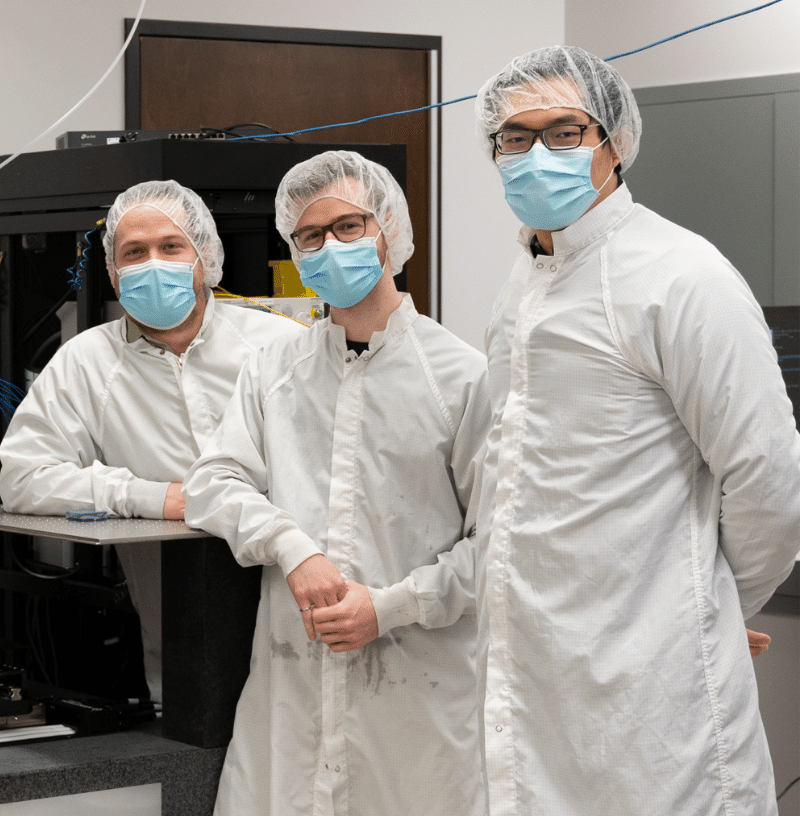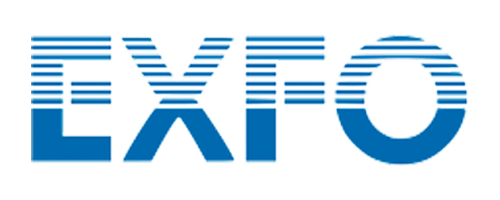2017
Creation of Optonique
Creation of Optonique, resulting from the great merger of the Réseau photonique du Québec (RPQ) and Cercle de l’industrie en optique-photonique (CIOP).
2006
Creation of Réseau photonique du Québec (RPQ)
Creation of Réseau photonique du Québec (RPQ) resulting from the merger of two regional groups: Groupe Optique-Photonique Québec (GOPQ) and Réseau photonique de Montréal (RPM).
1989
Creation of the Centre d’optique, photonique et laser (COPL), the second pillar of the industry, founded by Université Laval. Its objective is to support researchers in photonics and to train graduate students in physics. Today, the COPL brings together researchers from Université Laval, but also from Polytechnique Montréal, the Université de Sherbrooke, the École de technologie supérieure, the Institut national de la recherche scientifique, McGill University, the Université du Québec à Montréal and Concordia University.
1985
Creation of INO, a leader in technology transfer and spin-offs. INO is recognized for its active participation in the sector, notably with its new spin-off companies (Optel Vision, TeraXion, Coractive, Fiso, etc.), which themselves employ COPL graduate students.
Late 1960s
Dr. Jacques A. Beaulieu invents the high-power transverse-excitation atmospheric pressure gas laser, known as CO2-TEA. This invention marks a decisive moment in the history of Quebec photonics.
1947
The Department of National Defence creates the Defence Research and Development Canada (DRDC-Valcartier) centre.







.png)


